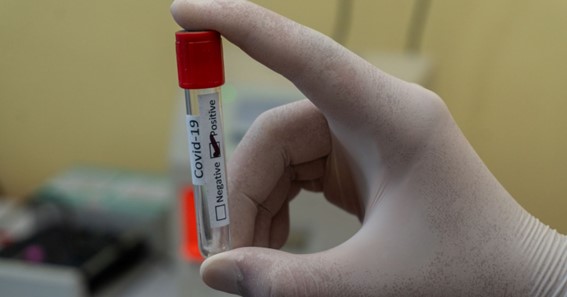The blood that stays in the placenta and umbilical cord after birth is known as cord blood. The procedure of collecting cord blood, removing its stem cells, and cryogenically storing them is known as cord blood banking.
It could be a surprise to realize that preserved cord blood consists mostly of water.
In the US, stem cell banking is more frequently referred to as cord blood banking. Umbilical cord banking is another name for cord blood banking in Europe and other world regions.
At the time of birth, cord blood can be conveniently taken without endangering the mother or the newborn. Because of this, planning to collect and store a baby’s cord blood while pregnant is an excellent idea.
In this article, we shall help you decide whether you should go through with the process and what costs you have to bear if you do.
Benefits of Cord Blood Banking
Given below are the five most important benefits you can experience with cord blood banking:
1. It Can Save Your Child In The Future
Hematopoietic stem cells are present in cord blood. Leukemia, sickle cell anemia, lymphoma, and illnesses and ailments can be treated with the help of hematopoietic stem cells, which have the ability to replicate themselves.
Furthermore, they can transform into any type of blood cell. They can be used in transplants to treat conditions including blood disorders, immunological deficiencies, metabolic illnesses, and some types of cancer.
Additionally, type 1 diabetes, multiple sclerosis, and even spinal cord injuries can be treated using hematopoietic stem cells, as can other illnesses unrelated to the blood.
2. It Can Save A Close Kin
The infant, their siblings, and even other relatives can all benefit from stem cells from the cord blood.
This is because cord blood stem cells have a higher level of immunological tolerance than stem cells from other sources, which reduces the risk of tissue rejection and GVHD.
Therefore, the use of cord blood stem cells holds great promise for treating hereditary diseases like cystic fibrosis.
3. It Is A Safe Procedure
It is a great resource for developing cellular therapies because it has been used to treat leukemia, lymphoma, multiple myeloma, and many others.
Stem cells from cord blood are less likely to be rejected and carry fewer infectious diseases than adult stem cells.
Additionally, employing this procedure does not need genetic compatibility between the donor and recipient, considerably boosting the possibility of successful treatment.
4. It Can Cure Various Diseases
Stem cells from cord blood are already being used to treat more than 80 illnesses and disorders.
Here are some major diseases that once can cure using cord blood:
- Leukemia.
- Lymphoma.
- Sickle cell anemia.
- Multiple myeloma.
- Severe aplastic anemia.
- Congenital Cytopenia.
- Congenital Dyserythropoietic Anemia.
- Dyskeratosis Congenita.
5. It Can Aid Important Research Works
Medical personnel use cord blood stem cells for transplantation into unwell patients or for scientific investigation.
Hematopoietic stem cells are found in cord blood, which may give rise to any type of blood cell.
Therefore, donating or saving your umbilical cord blood to support research is a major step. It protects your child as well as the future of humanity.
Saving or donating cord blood can be a priceless gift to society because the cells can be used in research and life-saving procedures.
Cord Blood Banking Costs
When it comes to the cost of cord blood banking, you must first consider whether you want your baby’s blood to be stored in a private or public cord blood banking facility.
Public Cord Blood Banks
Parents incur no expenses while donating cord blood. Public cord blood banks cover all umbilical cord blood collection, testing, and storage.
Parents who donate cord blood are assisting individuals in need of transplants and advancing medical research.
Private Cord Blood Banks
The cost of private cord blood banking varies. Before making a choice, it’s crucial to consider the advantages and disadvantages of private cord blood banking.
Depending on whether you’re keeping tissue, cord blood, or both, the processing and storage costs for cord blood vary from bank to bank.
Depending on the bank, initial processing costs can range from around $500 to $2,500, and yearly storage costs can range from $100 to $300 after that. Private cord blood is kept in private cord blood banks for a fee.
Know Cord Blood Banking Before Proceeding
All newborns delivered to Group O and Rh-negative mothers must undergo cord blood testing as part of the screening procedure to determine who should get postpartum Rh Immunoglobulin injection.
Studies have revealed that after up to 20 years of preservation, cord blood cells recover well.
Additionally, the U.S. Department of Health and Human Services states that no known dangers are associated with giving away umbilical cord blood (HHS).
